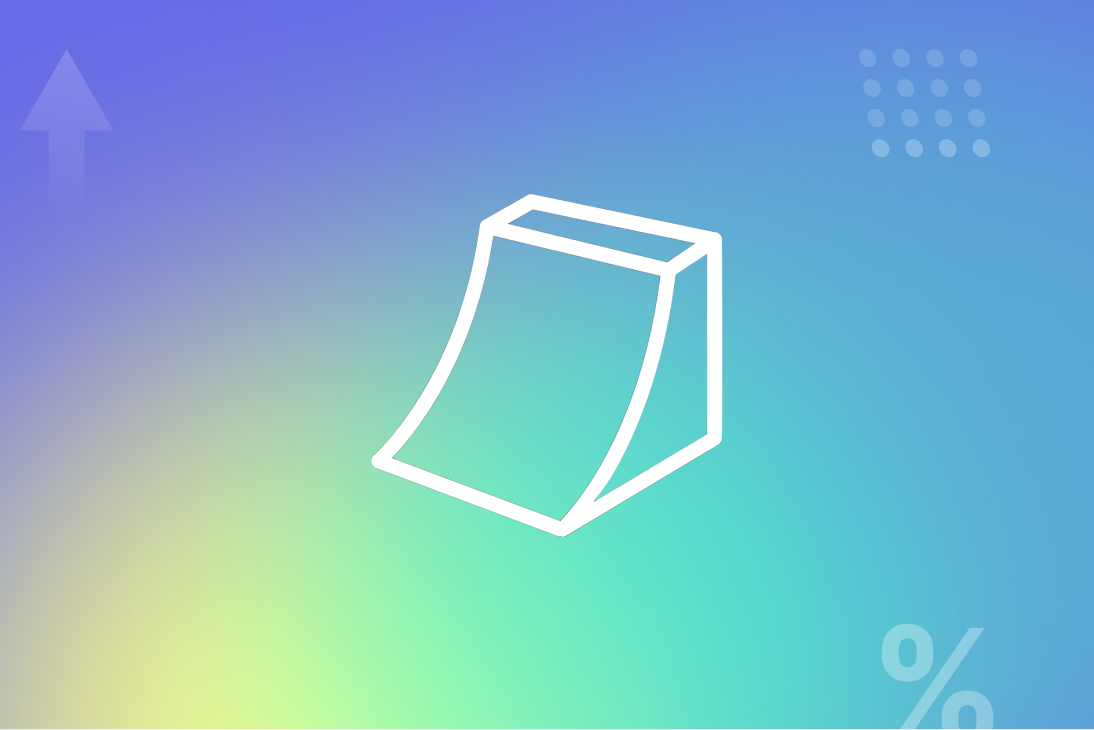Growth
How Ramp Pricing Can Be Key Growth Lever in Uncertain Times
Pricing models play a crucial role in both attracting customers and ensuring long-term profitability. One strategy that has increasingly gaining traction among SaaS providers is ramp pricing.
This pricing model can be used as as more predictable alternative to pure usage-based billing as it also allows businesses to offer pricing tiers that grow as a customer's usage, value, or requirements increase over time while still retaining the predictability of a subscription-based pricing model. So whether you're looking to reduce customer churn, provide greater customer value, or ensure scalable revenue growth, ramp pricing can be a powerful way to align your billing with customer growth.

What is Ramp Pricing?
Ramp pricing is a billing model that progressively increases charges for a customer based on specific milestones, like the length of service, product usage, or the complexity of their requirements. Instead of locking customers into a static monthly or annual fee, ramp pricing allows for flexibility and growth, making it particularly appealing to startups, growing companies, and high-growth SaaS solutions.
Ramp pricing typically operates on a step-up model, meaning customers start with a lower fee, which gradually increases over time. This could be tied to additional features, increased data or usage limits, or other factors that reflect a customer's expanding needs and value from the service.
Benefits of Ramp Pricing
Lower Barrier to Entry
One of the primary advantages of ramp pricing is that it creates a lower barrier to entry for potential customers. New customers are often hesitant to commit to a high monthly fee before they've seen the full value of a service. Ramp pricing lets customers start small and grow into their investment, allowing them to test the waters without a significant upfront cost. This can make your service accessible to a larger audience and increase initial adoption rates.
Predictable Revenue Growth
While usage-based billing models have become largely popular, they lack the predictability of revenue that is essential for effective financial planning and forecasting. Ramp pricing allows providers to anticipate incremental revenue growth from existing customers without always relying on new customer acquisition. As customers expand their use of the product, the increased pricing tiers translate to predictable revenue growth, making ramp pricing an excellent model for SaaS businesses targeting long-term growth and stability.
Alignment with Customer Success
Ramp pricing creates a natural incentive for the SaaS provider to focus on customer success. When customers know their cost increases only when they extract more value from the product, the SaaS provider is motivated to provide continuous improvements and support to ensure customers are seeing that value. This alignment strengthens customer relationships, leading to long-term loyalty and advocacy.
Customer Retention and Reduced Churn
Customer retention is critical to long-term SaaS success. With ramp pricing, customers can feel comfortable knowing their costs are aligned with the value they’re receiving. As they grow with your service, they are less likely to churn, as the gradual increase feels organic and manageable. Ramp pricing helps create a steady customer journey, one where customers are paying for precisely what they need at each stage of their growth.
Ramp Your Growth with Maple
Ramp pricing is a flexible billing model that allows SaaS companies to align customer fees with growth, providing predictable revenue, increased customer loyalty, and a more accessible entry point. By designing a thoughtful ramp pricing structure, you create a win-win scenario where customers feel supported as they grow and you secure a scalable revenue stream.
Maple provides robust ramp pricing capabilities out-of-the-box to be paired with any sales motion. Learn more about create automatically ramped deals for your customers on Maple.